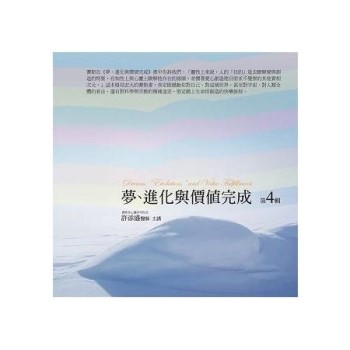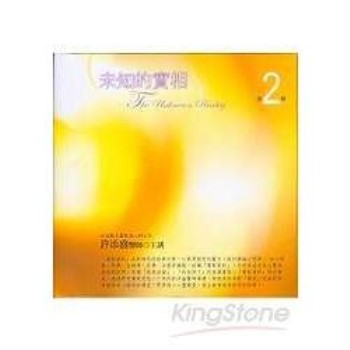The isolated valleys of Rawain in the Western Himalaya are ruled by local gods who control the weather, provide justice, and regularly travel through their territories to mark their borders and to ward off incursions by rival gods. These, identified with Karna and Duryodhana from the great Indian epic Mahabharata, are regarded as divine kings whom local persons serve as priests, ministers, patrons, soldiers, and servants. Each divine king has an oracle, who is regularly summoned, enters into a trance, and speaks with the god’s voice, appointing and dismissing officers, confiscating property, levying fines, and ratifying the decisions of councils of elders. The gods hear civil and sometimes criminal cases and, through their oracles, enforce their judgments through fines and penalties, or by compelling disputants to reach a compromise.
In the Valley of the Kauravas seeks to describe how this system functions by closely examining the myths, legends, rituals, and folklore associated with it, and above all by providing a detailed ethnographic description of its day-to-day workings. It contextualizes this system by comparing it with ’divine kingship’ throughout history, in both South and Southeast Asia, and seeks to embed this historical and ethnographic analysis in a theoretical discussion of the nature, goals, and limits of anthropological knowledge of ’multiple worlds’. The chapters of the book are organized in terms of the ’seven limbs’ of the classical Indian kingdom as described by the political philosopher Kautilya: king, land and people, minister, army, treasury, ally, and enemy.| FindBook |
有 1 項符合
In the Valley of the Kauravas的圖書 |
 |
In the Valley of the Kauravas 作者:Sax 出版社:Oxford University Press, USA 出版日期:2024-05-01 語言:英文 規格:精裝 / 普通級/ 初版 |
| 圖書館借閱 |
| 國家圖書館 | 全國圖書書目資訊網 | 國立公共資訊圖書館 | 電子書服務平台 | MetaCat 跨館整合查詢 |
| 臺北市立圖書館 | 新北市立圖書館 | 基隆市公共圖書館 | 桃園市立圖書館 | 新竹縣公共圖書館 |
| 苗栗縣立圖書館 | 臺中市立圖書館 | 彰化縣公共圖書館 | 南投縣文化局 | 雲林縣公共圖書館 |
| 嘉義縣圖書館 | 臺南市立圖書館 | 高雄市立圖書館 | 屏東縣公共圖書館 | 宜蘭縣公共圖書館 |
| 花蓮縣文化局 | 臺東縣文化處 |
|
|
圖書介紹 - 資料來源:博客來 評分:
圖書名稱:In the Valley of the Kauravas
內容簡介
作者簡介
William S. Sax, Professor of Anthropology of South Asia, Heidelberg University
William S. Sax was born in a small town in eastern Washington State, studied in Seattle, Wisconsin, and India, and earned his PhD in Anthropology at the University of Chicago in 1987. He has taught at Harvard University, the University of Canterbury in New Zealand (where he lived for eleven years), and Germany, where he has been Professor of Anthropology at Heidelberg University’s South Asia Institute since 2000. Altogether he has spent about fifteen years in India, and produced three monographs, seven volumes of collected essays, and dozens of articles on theater, healing, ritual, mental health, spirit possession, and psychiatry in South Asia.Carceral Citizens: Labor and Confinement in Puerto Rico
Carceral Citizens: Labor and Confinement in Puerto Rico
Peace Museums: Selected Essays
Area Handbook for the Persian Gulf States
Area Handbook for the Persian Gulf States
Temporary Measures: Migrant Workers and the Developmental State in the Philippines and South Korea
Robert’s Rules of Order
Social Justice Through Sport and Exercise Psychology: Intergenerational Voices and an Embodied Approach
Social Justice Through Sport and Exercise Psychology: Intergenerational Voices and an Embodied Approach
That Futebol Feeling: Sport and Play in Brazil’s Heartland
Carceral Citizens: Labor and Confinement in Puerto Rico
Peace Museums: Selected Essays
Area Handbook for the Persian Gulf States
Area Handbook for the Persian Gulf States
Temporary Measures: Migrant Workers and the Developmental State in the Philippines and South Korea
Robert’s Rules of Order
Social Justice Through Sport and Exercise Psychology: Intergenerational Voices and an Embodied Approach
Social Justice Through Sport and Exercise Psychology: Intergenerational Voices and an Embodied Approach
That Futebol Feeling: Sport and Play in Brazil’s Heartland
|










